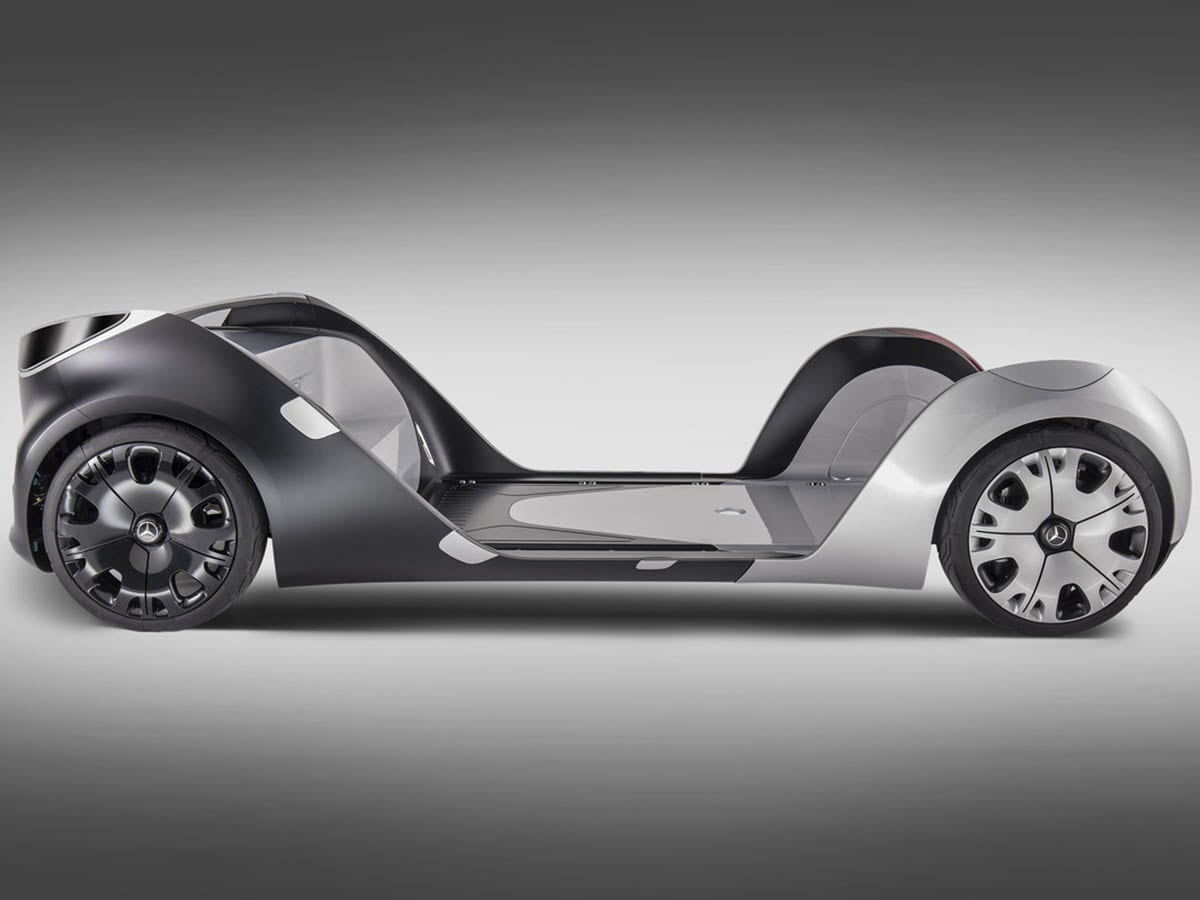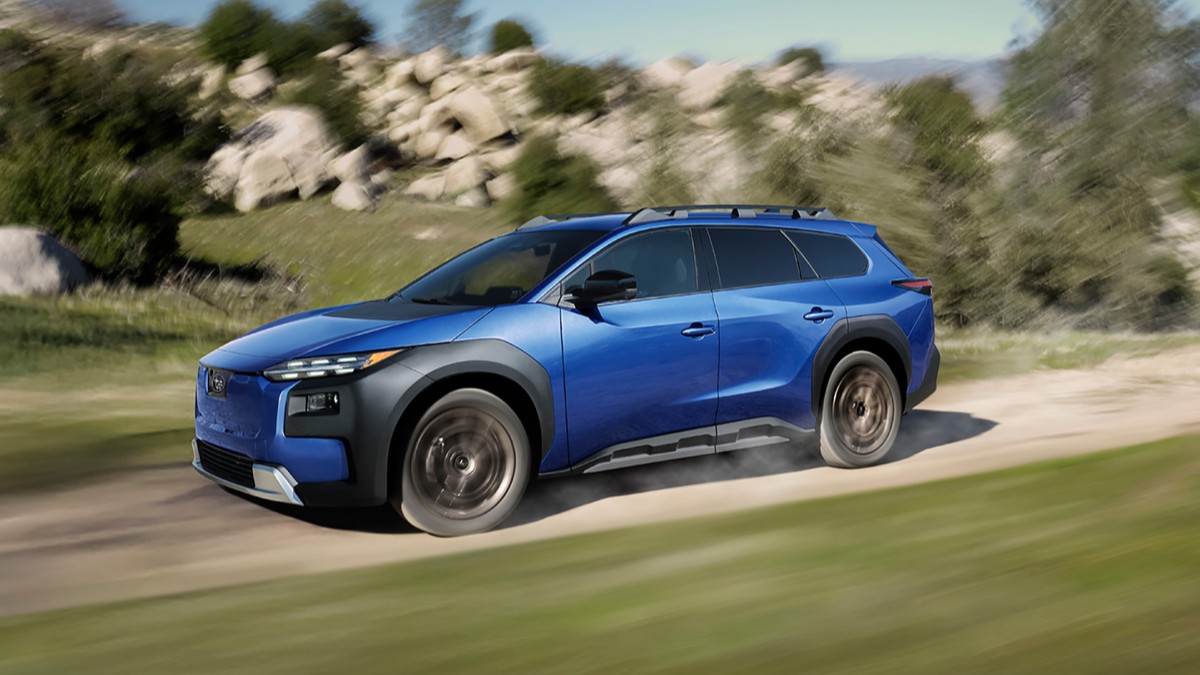- Fully autonomous chassis to be fitted with interchangeable bodies
- Conceived to provide transportation for people and goods within cities
- Fully networked vehicles will act in anticipation of needs on a dynamic basis
Mercedes-Benz Vans, LLC released the broad outline for its new mobility concept, called “Vision URBANETIC.” The concept encompasses a new autonomous driving platform that will be battery-electric driven, connected within a self-learning IT infrastructure, and designed to receive interchangeable modules to accommodate passengers and cargo. As the name implies, Vision URBANETIC is focused on inner-city transportation and the movement of goods.
The concept is based on a self-driving, battery-electric powered chassis that can be fitted with interchangeable bodies to handle people or goods, depending on need and demand. As a people mover, the vehicle will act as a ride-sharing unit that can accommodate up to 12 passengers. As a product hauler, the chassis can be fitted with a cargo module with a 12-foot-long load space that can be divided into two levels. It will be big enough to carry up to 10 EPAL pallets. (An EPAL pallet is a four-way wooden pallet built to the standards of the European Pallet Association, measuring 47.2 inches by 31.5 inches by 5.7 inches.) Alternatively, a cargo module can be fitted with a fully automated cargo handling system for use as a last-mile delivery station. Other module designs and use cases may be conceived for other varied applications.
The interchangeable modules can be swapped automatically in a few minutes, or manually when conditions demand. The autonomous driving platform remains with the chassis, which means that chassis units can be deployed flexibly without a body attached, ready to accept cargo or passenger modules where they are stored, putting them into service when needed.
As a fully autonomous vehicle, there’s no need for a driver’s cockpit, steering wheel or seating position, freeing up more interior space for passengers and cargo. The vehicle will use multiple cameras and sensor systems, and will communicate actively with pedestrians using a large-format display on the front and digital shadowing on the side to signal that they have been noticed, addressing skepticism and improving compatibility.
The Vision URBANETIC concept goes beyond the vehicle itself to incorporate a digital ecosystem. The vehicles are fully networked in a system that not only controls their movement through the city, but also analyzes current needs within the city to learn where vehicles might be needed. The system will track and evaluate local information, like upcoming concerts and events, and will use that information to anticipate and react to predicted future needs. If the system detects a crowd of people gathering in a sector of the city, for example, it can send vehicles to the area to be ready for increased demand for transportation. Executed efficiently, this predictive behavior can lower wait times for passengers, and reduce traffic congestion. Flexibility, not rigid scheduling, will be the standard of operation.
The Vision URBANETIC concept also predicts significantly reduced operating costs, as no drivers will be required for the autonomous vehicles. In addition, each vehicle can be used around the clock, pausing only for battery-charging times and maintenance periods. Additionally, autonomous operation answers the increasing difficulty of finding drivers in the logistics sector.
The Vision URBANETIC concept is conceived as a system that will operate on virtually unchanged road infrastructure. This adaptability should smooth the way to acceptance, with the goal of relieving inner-city traffic and improving the quality of urban life, while at the same time fulfilling growing mobility requirements. With the near-silent operation of electric drive systems in the vehicles, adoption of the Vision URBANETIC concept can reduce both noise and air pollution, while providing sustainable transportation of goods and people.














